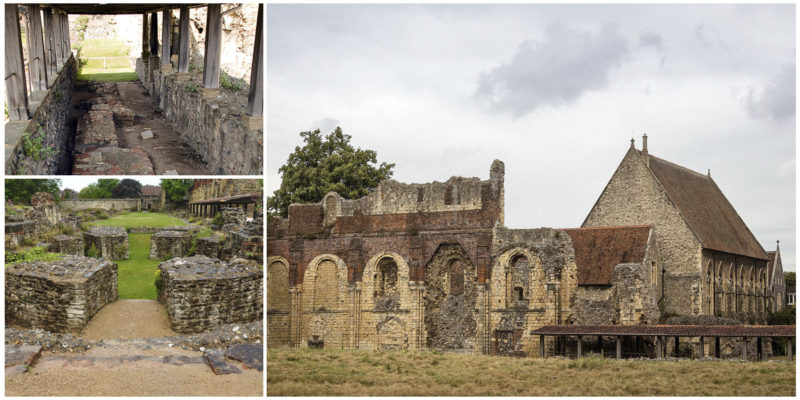St. Augustine’s Abbey is one of the oldest Benedictine monasteries in Britain. It was founded in the 4th century and functioned until 1538. Like many other monasteries, it was victim to the Dissolution of the Monasteries, ordered by King Henry VII during the Protestant Reformation. Today most of the building is in ruins, however, one part has been used for educational purposes since 1848. Pilgrims from all over the world come to visit this peaceful place and honor St. Augustine.
According to historians, Augustine came to Kent’s Anglo-Saxon kingdom at Thanet in 597. He was sent as a missionary by Pope Gregory the Great, with the purpose of converting the Anglo-Saxons to Christianity. The King of Kent was a pagan, but he was married to a Christian woman Bertha.
The King’s name was probably Ethelbert. He supported Augustine in his cause, giving him permission to build a church and monastery on the site where the pagan temple was at that time. He gave an order to his people to make a residence for the Saint and his brother monks. After a while, the abbey became a place for burials where the noblest men such as abbots and the Kings of Kent were laid to rest.
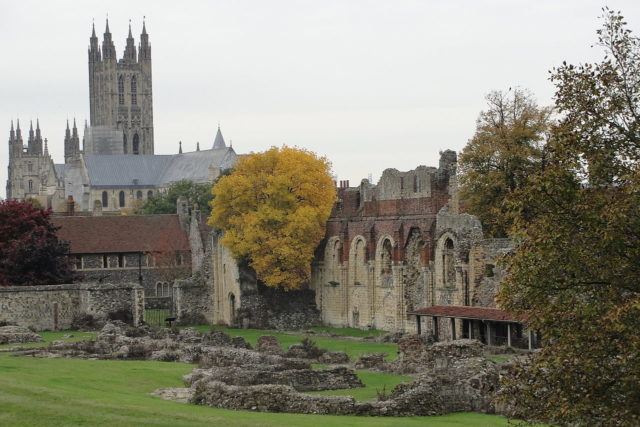
When the abbey was built, Augustine appointed his companion Peter to be the first abbot of the monastery. This first building was probably made of wood in the manner of Saxon construction, and very little is known about it. Augustine wanted to build a church of solid masonry that resembled the abbeys he was familiar with in Rome. After many years of construction, it was completed and consecrated in 613.
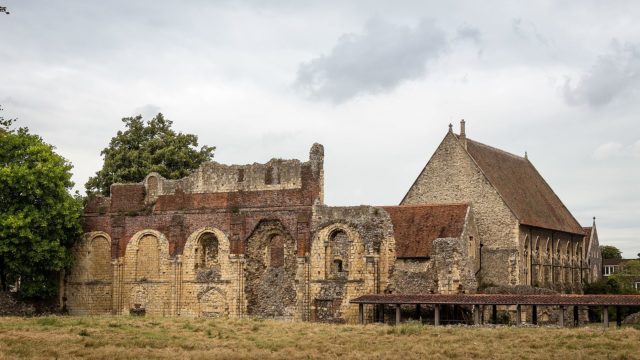
One of the first chapels that were built in brick was St. Pancras, and its remains can be seen at the furthest end of the monastery. A school has also been established which drew scholars from all over Britain, and until the 7th century, it was one of the best learning facilities in the country. After King Ethelbert’s death, his son Eadbald founded a second church which he dedicated to St. Mary.
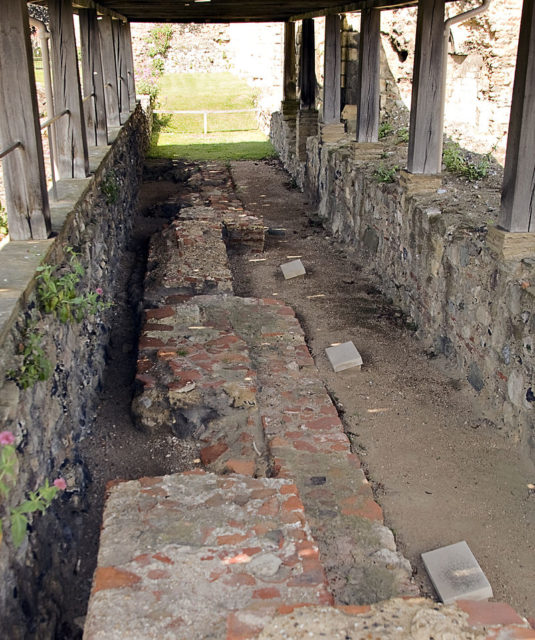
As mentioned before, the abbey with the added school for many years held the reputation as the best-known religious house of Kent. The most beautiful part is that St. Augustine collected precious and valuable books and created a big library that included both religious and secular holdings. Beside the collected books, the library also had a scriptorium where many manuscripts were produced. The abbey has been known as St. Augustine’s since the 10th century. It was enlarged and rebuilt by the Archbishop of Canterbury Dunstan who in 978 gave the abbey its new name.
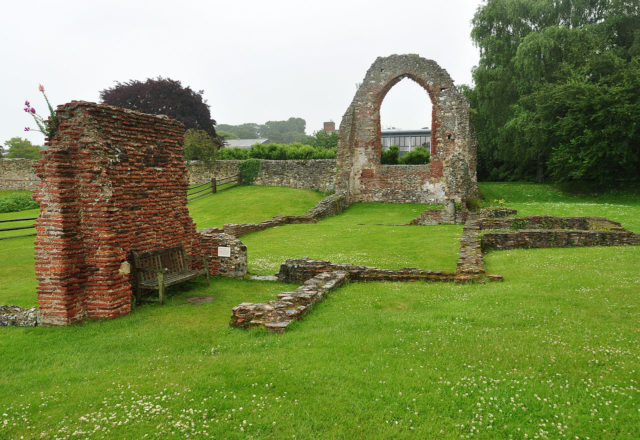
In 1027 the Danish King Cnut, who took the English throne in 1016, gave the abbey a very sacred relic which was the preserved body of St. Mildred. Because of the stories that the saint’s body had a miraculous power, many pilgrims from Europe came to the monastery and enriched it with gifts. Following the Norman Conquest almost 30 years later, many of the Saxon buildings in the abbey were reconstructed in a typical Norman Benedictine monastery style.
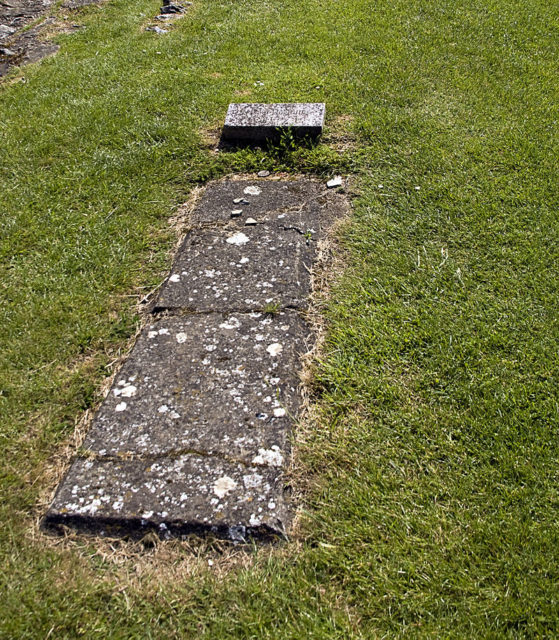
In the 13th century new restorations were made, for example, the refectory and kitchen were rebuilt. At the end of the century, a great hall and also a bakehouse, a vineyard, and a brewhouse were added. Another important part of the abbey is the gate known as the Fyndon Gate or the Great Gate which suffered severe damage during World War II.
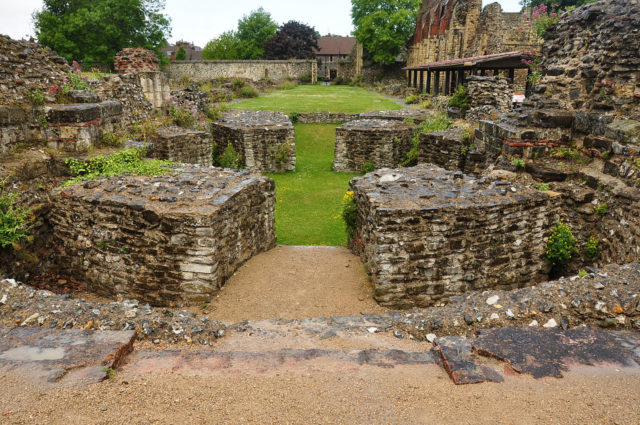
Since then it has been rebuilt, and it faces a small square known as Lady Wootton’s Green. The gate is the best surviving feature of the monastery that has been continuously reconstructed since medieval times. Today, the ruins of St, Augustine’s Abbey are part of the World Heritage Site of Canterbury together with the oldest church in England still in use, the church of St. Martin.
